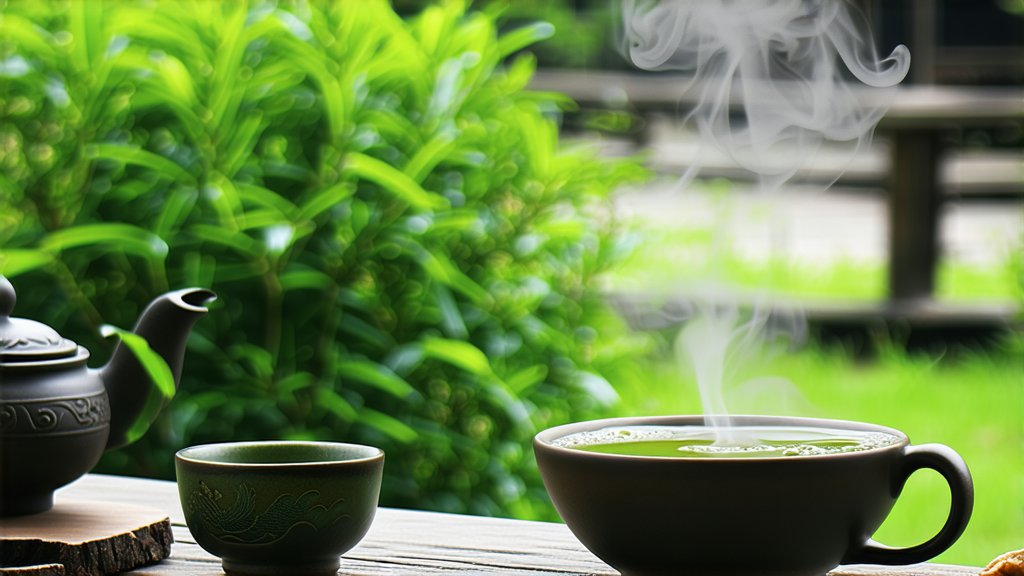
In the vast and diverse world of Chinese tea, few varieties hold as much prestige and allure as Dragon Well Tea (Longjing). This iconic green tea, renowned for its flat, sword-like leaves and vibrant emerald hue, has captivated tea enthusiasts and connoisseurs for centuries. In this exploration, we will delve into the rich history of Dragon Well Tea, its various types, the intricate process of its production, and the art of its appreciation. Join us on a journey to uncover the secrets of this revered beverage that embodies the essence of Chinese tea culture.
History and Legends
The origins of Dragon Well Tea can be traced back over a thousand years to the Tang Dynasty (618-907 AD). According to legend, during a visit to the West Lake region in Hangzhou, Emperor Qianlong of the Qing Dynasty encountered a fragrant tea bush growing near a well. The emperor was so impressed by the tea's quality that he named it "Dragon Well" after the well, and thus began the tea's association with imperial favor and high status. Over the centuries, Dragon Well Tea has evolved and gained international recognition as one of China's finest green teas.
Varieties of Dragon Well Tea
While Dragon Well Tea is primarily associated with the West Lake region, there are several distinct varieties, each with its unique characteristics:
-
West Lake Dragon Well (Xihu Longjing): Grown in the picturesque West Lake area, this is considered the epitome of Dragon Well Tea. It boasts a delicate aroma, a slightly sweet flavor, and a smooth texture.
-
Meijiawu Longjing: Produced in the Meijiawu Village, this variety is known for its robust flavor and higher caffeine content compared to other Dragon Well Teas.
-
Shi Feng Longjing: Grown in the Shi Feng Mountain area, this tea is characterized by its strong aroma and astringent taste, making it a favorite among those who prefer a bolder cup.
-
Yue Fei Longjing: Named after the famous Song Dynasty general Yue Fei, this variety is grown in the Yue Fei Temple area and is known for its balanced flavor profile and smooth finish.
The Art of Dragon Well Tea Production
The production of Dragon Well Tea is an intricate process that requires skill, precision, and a deep understanding of the tea plant. Here is an overview of the steps involved:
-
Cultivation: Dragon Well Tea is typically grown on terraced slopes or in valleys at elevations ranging from 100 to 500 meters above sea level. The tea plants are often intercropped with bamboo to provide shade and maintain a humid microclimate.
-
Harvesting: The optimal time for harvesting Dragon Well Tea is during the early spring months, specifically around Qingming Festival (Tomb Sweeping Day) and before Grain Rain. The tenderest leaves and buds are handpicked, ensuring the highest quality.
-
Withering: After harvesting, the leaves are spread out in thin layers to wither under controlled conditions. This process helps to reduce moisture content and prepare the leaves for shaqing.
-
Shaqing (Fixation and Shaping): This crucial step involves heating the leaves in a wok or pan over high heat to fix their color and shape. The leaves are constantly stirred and tossed to prevent burning while being shaped into their distinctive flat appearance.
-
Drying: Once shaqing is complete, the leaves are dried further in a gentle oven or on trays under the sun. This step removes any remaining moisture and enhances the tea's flavor.
-
Sorting and Grading: The dried leaves are carefully sorted and graded based on size, shape, and quality. Only the finest leaves make it into the final product.
Appreciating Dragon Well Tea: The Art of Tasting
Tasting Dragon Well Tea is not merely about drinking; it is an experience that engages all the senses. Here is a guide to appreciating this exquisite tea:
-
Visual Appreciation: Observe the dry leaves, noting their flat, needle-like shape and vibrant green color. Upon infusion, watch how they unfurl gracefully, revealing their tender, pale green hue.
-
Aroma: Inhale deeply to detect the tea's fragrance. Dragon Well Tea should have a fresh, vegetal aroma with subtle hints of floral notes.
-
Flavor: Take a small sip, allowing the tea to coat your palate. Notice the balance between sweetness and umami, the smoothness of the texture, and the lingering aftertaste. Each variety of Dragon Well Tea offers a unique flavor profile, from the delicate and nuanced to the bold and robust.
-
Mouthfeel: Pay attention to the tea's mouthfeel – its body, texture, and overall sensation in your mouth. A well-crafted Dragon Well Tea should feel smooth and velvety, gliding effortlessly across your palate.
-
Aftertaste: Savor the lasting impression left behind by the tea. A good Dragon Well Tea will leave a pleasant, clean finish that invites you to take another sip.
Conclusion
Dragon Well Tea stands as a testament to China's rich tea heritage, embodying centuries of tradition, craftsmanship, and cultural significance. From its legendary origins to its meticulous production process and artful appreciation, this iconic green tea continues to enchant tea lovers around the globe. Whether you are a seasoned connoisseur or a curious newcomer, embarking on your tea journey, experiencing Dragon Well Tea is an invitation to explore the depths of Chinese tea culture and savor the timeless beauty of this remarkable beverage.